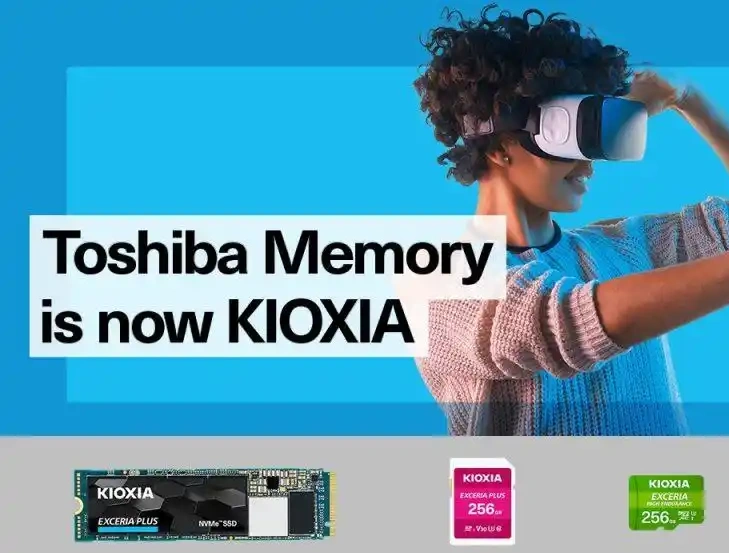1. Historical Background
– Toshiba is Kioxia’s predecessor: Kioxia originated from “Toshiba Memory Corporation”, which was formerly Toshiba Group’s semiconductor memory business unit, renowned for its NAND flash memory technology (Toshiba was one of the inventors of flash memory).
– Toshiba’s financial crisis led to divestment: In 2017, Toshiba faced financial difficulties and decided to sell its memory business to alleviate financial pressure. In 2018, the business was acquired by a consortium led by Bain Capital, though Toshiba retained a partial stake (currently about 40%).
2. Independence and Rebranding
– Rebranded as Kioxia in 2019: In October 2019, Toshiba Memory Corporation officially changed its name to “Kioxia Holdings Corporation” (Chinese name: 铠侠控股). The name combines the Japanese word for “memory” (記憶, *kioku*) and the Greek word for “value” (*axia*), symbolizing the “value of memory.” Toshiba remains a shareholder, but Kioxia operates as an independent company.
3. Current Relationship
– Toshiba is a shareholder of Kioxia: Toshiba holds approximately 40% of Kioxia’s shares, but Kioxia operates independently and is no longer a subsidiary of Toshiba Group.
– Business collaboration: The two companies continue to cooperate in areas like R&D (e.g., flash memory production) and patent licensing, though Kioxia’s product lines (e.g., SSDs, UFS) are not directly tied to Toshiba’s other businesses.
– Competitive dynamics: Toshiba Group retains some semiconductor operations (e.g., system LSI), which do not directly compete with Kioxia. However, Toshiba competes with other memory manufacturers (e.g., Samsung).
4. Key Milestones
2017: Toshiba sold its memory business to the Bain consortium.
2018: Toshiba Memory Corporation was established (with Toshiba retaining partial ownership).
2019: Official rebranding to Kioxia and launch of the new brand.
Summary
Kioxia is essentially the “successor” to Toshiba’s memory business but has become an independent entity through restructuring and rebranding. Toshiba remains a shareholder with financial interests but does not participate in daily operations. Their relationship resembles a “parent and child parting ways” while maintaining ties in technology and capital.


